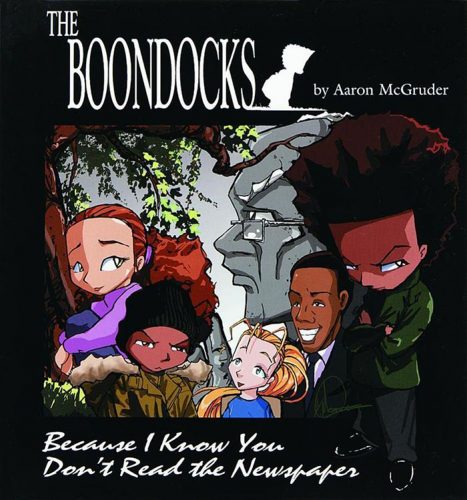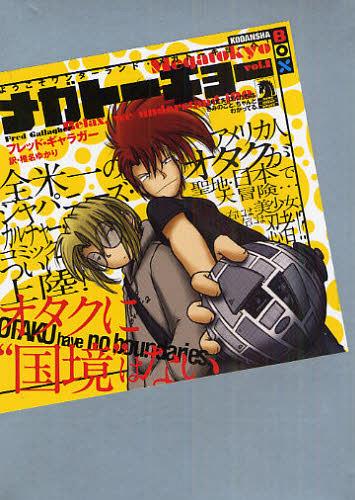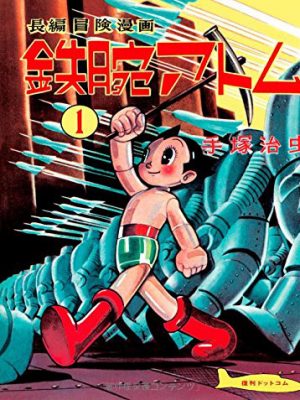
In Part 1, we explored the history of manga publication in America—from redrawn versions of Astro Boy to flipped artwork to authentic Tokyopop manga volumes and all the way to online streaming. Once manga became popular with American audiences, it influenced them to create their own works that resembled the Japanese originals they loved so much. And thus, new hybrids of West and East came onto the scene to add a new dimension to the traditional world of American comics. Let’s take a look at some of them!
Manga-Inspired Comics
Despite both groups being similarly nerdy, superhero comic/graphic novel fans and manga fans don’t tend to be interested in each other’s obsessions because of vast differences in style and demographics. So manga-influenced superhero joints aren’t common, although they do exist. Marvel tried their hand at an event called the Marvel Mangaverse, but had more luck when they embraced more than just superficial Japanese elements with Runaways a few years later. DC has a comic series for their line of manga-inspired superhero figures called Ame-Comi Girls, and the indie comic Empowered offers a joking look at tropes from both sides of the fence.
Perhaps the most famous manga-inspired Western comics, however, are The Boondocks and Scott Pilgrim. The Boondocks is an American comic strip that uses an angular shounen style to portray African-American issues of the early 2000s. Its sharp, satirical humor blends well with the art style and gives it a distinctive look among other newspaper funny strips. Scott Pilgrim, on the other hand, is a Canadian graphic novel series that emulates the Japanese tankoban model for its volumes and combines thick line art with ‘90s manga-esque expressions and character designs for its overall look. Scott Pilgrim’s entire world works on anime/video game logic, so the style really works to pull everything together.
Original English Language Manga
Going beyond just inspiration, Original English Language manga (or OEL manga for short) are comics written exactly like Japanese manga, but by and for English speakers. They don’t tend to get as much traction as their Eastern counterparts due to the American comics market still treating manga as a niche genre, but several OEL works have gained a fair amount of notoriety.
Peach Fuzz is a three-volume OEL manga that was published by Tokyopop as the grand prize winner of their 2004 “Rising Stars of Manga” competition. This sweet slice-of-life about a girl and her pet ferret was heavily promoted in Tokyopop’s other manga volumes and served as a beacon of hope to upcoming American manga artists who wanted to break onto the scene. Several other notable OEL manga came from this competition, such as Van Von Hunter and Mail Order Ninja.
But even outside of traditional publishing methods, OEL manga managed to make its mark. MegaTokyo has been continuously updated since 2000 as a webcomic and Dark Horse Comics has even released parts of it as physical books. And we can’t forget about American fan comics for Japanese manga, which ambitious artists will structure exactly like a translated manga for extra realism. “Marion” from the JoJo’s Bizarre Adventure fandom and “Rboz” from the Fairy Tail fandom are particularly talented artists whose works have become important aspects of their respective American fanbases. The idea of emulating manga to the letter, but infusing it with a unique style that comes from a completely different culture, is what makes OEL manga so interesting.
Final Thoughts

Manga has made a huge impact on American (and Canadian) comic culture, both in terms of stylistic influence and the creation of Original English Language manga. If you’re interested in more works like that, the Franco-Belgian comic community is another great place to look. Surprisingly, France is a huge hub for Japanese-influenced comics! One of its most prominent properties, Radiant, just finished its anime adaptation this February. Perhaps we’ll explore that market more in another article!
What did you think of our overview? Have you read any of these “hybrid” comics? Have you ever tried to make your own manga? Let us know in the comments, and thanks so much for reading!
[PR_honeys title="Honeys Anime Recommends!" text="Knowing where to start is hard. Do you have an idea that you want to make into a manga or are you already working on one? Looking for help? We've got you covered. If you are looking for help, we recommend the “Manga Drawing / Comprehensive Course” from Manabi Journey. The course has produced over 100 professional manga artists in Japan. With complete support in English while learning directly from the professionals, you can put your mind at ease and your pen to work! Check it out by clicking on the banner below!" url="https://tour.manabijourney.jp/mangadrawing//?utm_source=honeysanime&utm_medium=banner700x200&utm_content=inside-single&utm_campaign=manabijourney-mangadrawing-comprehensive2" onclick="ga('send', 'event', 'link_external', 'click', 'to_manabi_journey_manga_comprehensive2@single_pr');" img=' ']
']
Recommended Post


